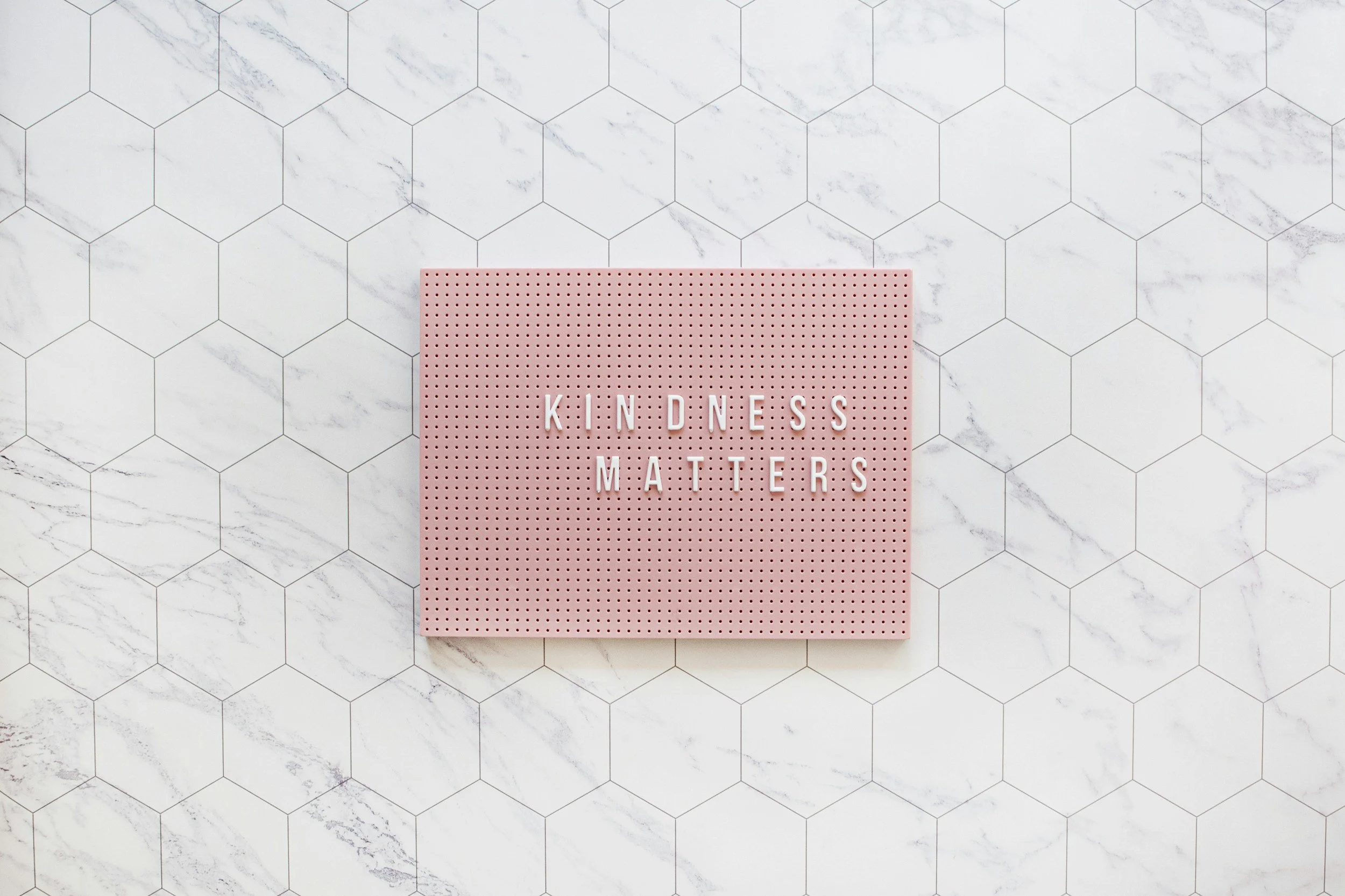Signs You're Recovering from Anxiety: Understanding and Building Distress Tolerance
Recovery from an anxiety disorder is rarely a straight path. Some days, you might feel like you're making real progress; other days, it may seem like you're back where you started. But one of the clearest signs that you're on the right track is an increase in distress tolerance—the ability to handle discomfort and difficult emotions without feeling completely overwhelmed.
So, what exactly is distress tolerance, and how does it fit into the healing process? Let's talk about it.
What Is Distress Tolerance?
Think about the last time you faced a stressful situation. Maybe you had an argument with a loved one, received some unexpected bad news, or felt a wave of anxiety hit you out of nowhere. What did you do? Did you try to push the feeling away? Did you distract yourself with TV, social media, or work? Did you spiral into panic?
Distress tolerance is your ability to sit with uncomfortable emotions instead of reacting impulsively or avoiding them altogether. It’s not about making distress disappear; it’s about learning to navigate it with more confidence and less fear. The stronger your distress tolerance, the less likely you are to feel controlled by your anxiety.
Why Is Distress Tolerance Important for Anxiety Recovery?
When anxiety is at its worst, it feels unbearable. Many people develop habits—like avoiding triggers, seeking constant reassurance, or numbing emotions—to temporarily relieve that discomfort. But these habits often reinforce anxiety rather than help you overcome it. The more you avoid distress, the scarier it becomes.
Recovery isn’t about eliminating all discomfort (because, let’s be real, that’s impossible). It’s about building resilience so that anxious feelings don’t dictate your life. Increasing distress tolerance helps you:
Stay grounded in difficult moments rather than feeling consumed by panic.
Face challenges instead of avoiding them, which reduces long-term anxiety.
Trust yourself to handle emotions without needing to escape or suppress them.
When you notice yourself handling stress better than before, that’s a huge milestone in your recovery.
How Can You Tell If Your Distress Tolerance Is Improving?
If you’re wondering whether your therapy, self-work, or coping strategies are actually helping, pay attention to these signs of growing distress tolerance:
1. You React Less Intensely to Stress
Do you remember when a minor inconvenience—like a last-minute change of plans or a stressful email—could send you spiraling? If you’re noticing that these moments still bother you but don’t completely overwhelm you, that’s progress. It means your nervous system is adapting, and you’re building resilience.
2. You Avoid Less
Avoidance is one of anxiety’s favorite tricks. It convinces you that steering clear of stressors will keep you safe. But the more you avoid, the more power anxiety has over you.
If you’re slowly facing things you used to avoid—whether it’s social situations, difficult conversations, or uncertain experiences—you’re strengthening your distress tolerance.
3. You Can Sit with Discomfort (Even When It’s Unpleasant)
When distress tolerance is low, discomfort feels unbearable. You might have an urge to immediately “fix” the feeling by seeking reassurance, overanalyzing, or distracting yourself. But as you recover, you may notice that you can let the discomfort be there without needing to react to it right away.
This doesn’t mean the discomfort disappears—it just means it doesn’t control you as much as it used to.
4. You Use Healthier Coping Strategies
Instead of numbing or escaping distress with unhealthy habits, you might find yourself turning to tools like deep breathing, mindfulness, journaling, or talking things through with a supportive friend. This shift means you’re learning to regulate your emotions rather than suppress them.
5. You Bounce Back Faster
Distress tolerance isn’t about never feeling anxious—it’s about how quickly you recover from it. If setbacks don’t derail you for as long as they used to, and you’re able to return to a balanced state more quickly, it’s a clear sign of progress.
How to Increase Your Distress Tolerance
If you’re still struggling with distress tolerance, don’t worry—it’s a skill that can be built over time. Here are some practical ways to strengthen it:
1. Practice Mindfulness and Grounding
Mindfulness teaches you to stay present instead of getting lost in anxious thoughts. When distress arises, try focusing on your breath, noticing physical sensations, or naming things you can see, hear, and feel around you. These grounding techniques can help you ride the wave of discomfort instead of getting swept away by it.
2. Try Radical Acceptance
Sometimes, resisting distress makes it worse. Radical acceptance means acknowledging, “This is hard, but I can handle it,” instead of fighting reality. The more you accept discomfort as a normal part of life, the less power it has over you.
3. Engage in Self-Soothing Activities
When emotions feel overwhelming, engaging your senses can help regulate them. Try taking a warm shower, listening to calming music, holding something soft, or drinking a soothing cup of tea. Small comforts can make distress more bearable.
4. Use Distraction (In a Healthy Way)
Distraction isn’t always bad—it can be a helpful tool if used intentionally. The key is to engage in activities that provide temporary relief without avoiding the problem entirely. Go for a walk, play a game, or do something creative. Just be mindful of whether you’re using distraction to regulate emotions or to avoid dealing with them altogether.
5. Challenge Your Thoughts
Anxiety often comes with worst-case-scenario thinking. When distress arises, ask yourself: Is this thought 100% true? What’s the most likely outcome? Have I handled something like this before? Reframing catastrophic thoughts helps build confidence in your ability to cope.
6. Expose Yourself to Small Amounts of Discomfort
Avoiding discomfort makes it scarier, but gradually exposing yourself to small challenges strengthens distress tolerance. If social anxiety is a struggle, start with short conversations rather than avoiding people altogether. If uncertainty triggers you, practice tolerating small unknowns instead of seeking constant reassurance. Each step builds resilience.
Final Thoughts: Be Kind to Yourself
Recovery is not about perfection. Some days, distress will still feel overwhelming. That doesn’t mean you’ve failed—it just means you’re human.
The fact that you’re here, learning and working on your growth, is proof of your progress. Distress tolerance isn’t something you either have or don’t have—it’s a muscle that gets stronger with time and practice. So be patient with yourself, celebrate the small wins, and trust that every step forward (even the tiny ones) matters.
Your ability to handle distress is growing. And that, in itself, is a powerful sign of healing.



